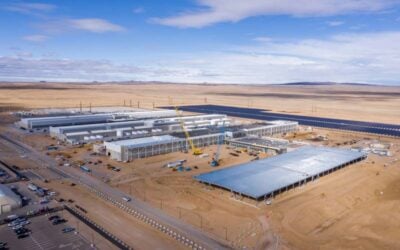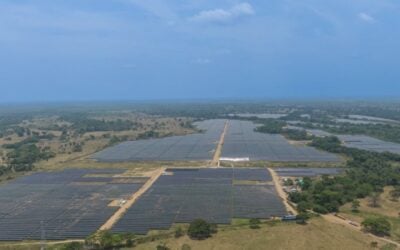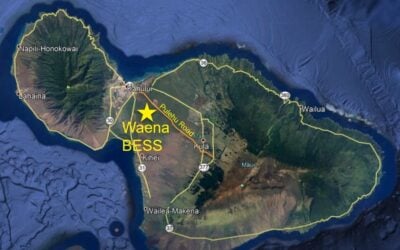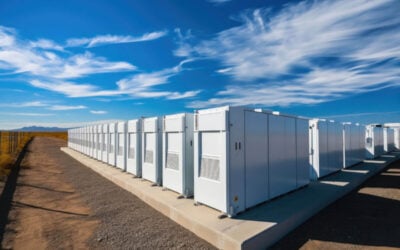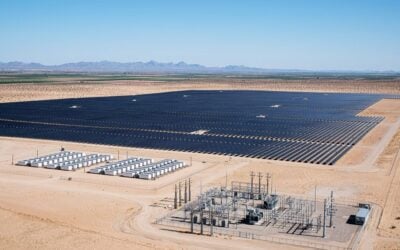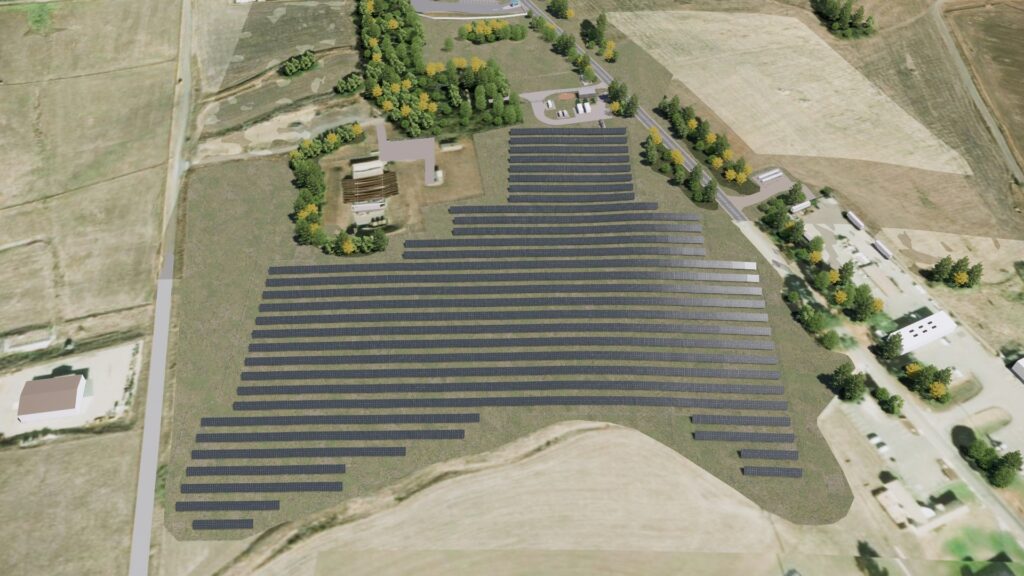
A large-scale solar PV plant with four-hour duration battery storage could be built on 132 acres of underutilised land at a US Armed Forces Base in Hawaii.
Renewable energy and energy efficiency project integrator Ameresco has partnered with developer Bright Canyon to propose the project, which would pair 42MW of solar PV with 42MW/168MWh of batteries.
Enjoy 12 months of exclusive analysis
- Regular insight and analysis of the industry’s biggest developments
- In-depth interviews with the industry’s leading figures
- Annual digital subscription to the PV Tech Power journal
- Discounts on Solar Media’s portfolio of events, in-person and virtual
If it goes ahead, construction will start in 2024 at the Navy West Loch Annex of Joint Base Pearl Harbor-Hickam on the Hawaiian island of Oahu. The three aims of the Kūpono Solar project, as it will be known, are to increase local use of renewable energy and to increase its energy resiliency and energy security, Ameresco said.
It would feed power into the local grid, enabling the use of dispatchable solar energy when it is most needed and a 37-year land lease has already been signed by Ameresco and Bright Canyon’s joint venture (JV) company, Kūpono Solar Development Company with the US Navy in support of a Department of Defense long-term initiative on energy security.
Meanwhile, electricity would be sold to utility Hawaiian Electric under a 20-year power purchase agreement (PPA) while Kūpono Solar would own, operate, and maintain the solar and battery project.
Public works officer at the base, Captain Randall E. Harmeyer, said that Kūpono Solar “enables us to put 131 acres of underutilised land to long-term, sustainable use for Hawaii at a time when the cost and reliability of worldwide energy supplies is of great concern and reflects the Navy’s core commitment to energy security and resiliency for America”.
Hawaii’s position as one of the US’ leading states for solar adoption comes partly because of its history and situation as an archipelago that needs to import expensive and polluting fossil fuels. The switch to solar – and latterly battery storage – has seen renewable energy technologies undercut the cost of thermal generation for some time.
In addition to a lot of rooftop as well as utility-scale solar, interest in battery storage has grown and Hawaiian Electric has introduced a ‘Battery Bonus’ scheme to incentivise investment in residential batteries as well as including battery storage in its Requests for Proposals (RfPs) to procure renewable energy capacity.
The utility has already signed contracts for several gigawatts of utility-scale solar-plus-storage and some standalone storage and a draft RFP published in October 2021 ahead of its next procurement stipulated that all solar projects bidding should include energy storage.
The utility is currently seeking to contract for clean energy resources in an ‘all-source’ procurement for Oahu and Maui islands that would enable the further retirement of oil-based generation.
According to figures published towards the start of this year from the American Clean Power Association (ACP), there was a pipeline of 0.6GW of large-scale battery storage in development in Hawaii, which ranked it fourth among US states, at the end of 2021.
As the state’s most populated island, Oahu is a focus on much development, not least of all because it is home to Hawaii’s last coal power station – scheduled for retirement and decommissioning soon. Developer Plus Power closed financing last November for a 565MWh standalone battery energy storage system (BESS) project on the island, which was among the facilities contracted for through Hawaiian Electric’s (HECO’s) RFPs.
Meanwhile Ameresco, which has worked on a number of projects in collaboration with US federal agencies including the military and public facilities like hospitals and education facilities, has executed projects in Hawaii of various types since 2004.
Elsewhere in the US, the company got one of the biggest BESS project awards to date when it was contracted by California utility San Diego Gas & Electric (SDG&E) to deliver three sites totalling more than 2.1GWh of battery capacity.
Ameresco has said that it is currently facing some delays to that project based on global supply chain issues which are affecting battery storage and many other industries. The technology integrator recently signed a 2.5GWh BESS supply deal for projects going forwards with Powin Energy. Supply chain issues – albeit those pertaining to solar rather than storage – were cited as a reason why Engie recently abandoned an awarded solar-plus-storage project in development on Hawaii’s Big Island which would have included 240MWh of BESS. Engie said higher-than-expected grid connection costs were also a factor.

